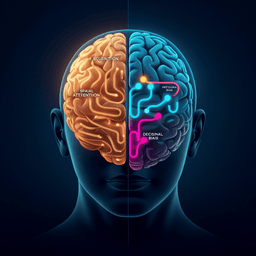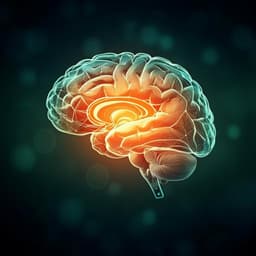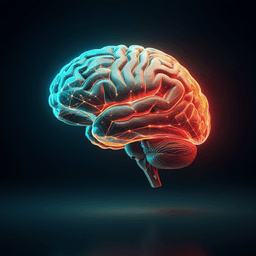
Psychology
Latent brain state dynamics distinguish behavioral variability, impaired decision-making, and inattention
W. Cai, S. L. Warren, et al.
Unlock the mystery of Attention Deficit Hyperactivity Disorder (ADHD) with groundbreaking research from Weidong Cai and colleagues. This study reveals how latent brain state dynamics influence decision-making and attention variability in children with ADHD, differentiating them from those without the disorder. Dive into the depths of brain connectivity and learn how optimal brain states can improve cognitive function.
~3 min • Beginner • English
Related Publications
Explore these studies to deepen your understanding of the subject.







